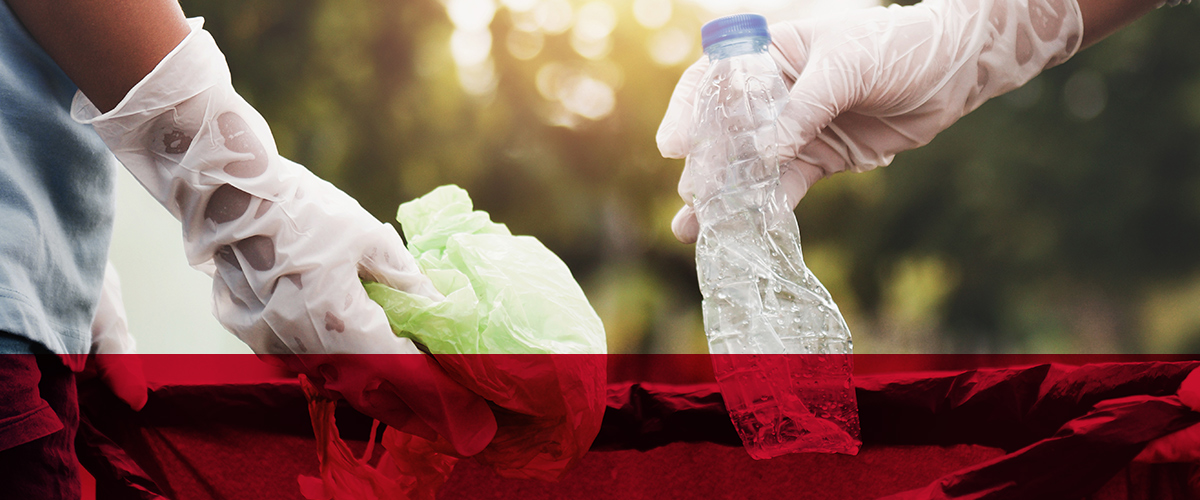Minimizing Our Environmental Impact
We recognize that to manufacture and deliver products to global markets we must use finite natural resources. Our goal is to reduce waste and utilize sustainable technologies and renewable energy sources to minimize our impact on the environment.
-
We are reducing our energy usage and greenhouse gas (GHG) emissions by transforming our manufacturing processes, switching to renewable resources and energy-efficient equipment, making smart transportation choices, and conducting energy audits.
Reducing Energy and Emissions
Transforming Our Manufacturing
Our world class Overall Equipment Effectiveness (OEE) program increases resource productivity across all sites, which helps us reduce our energy use, waste, and emissions. Our VaPro Catheter improvement initiative, which is part of our OEE program, streamlines our manufacturing process to make the same product in fewer steps.
Using Solar Power
In our Bawal, India manufacturing facility, we’ve installed 330KWp solar power panels, which provide 15 percent of the total power the plant consumes. The remaining portion comes from its electricity supplier (80 percent) and diesel generators (5 percent). The solar panels save almost $100,000 in annual energy costs. The facility is one of the top users and producers of solar power in its community.
Electric Energy from Renewable Resources
Over the past six years, Hollister associates in our manufacturing facility in Ballina, Ireland have implemented more than ten energy-reduction projects. Our associates have increased the total amount of waste it converts to energy from 5 percent to 90 percent – keeping it out of landfills and creating clean energy.
Since 2018, the facility has sourced 100 percent of its electrical energy from renewable sources. It has a goal of reducing energy use and waste by 2 percent each year (normalized to production output).
Updating Our Systems
Our Mt. Juliet, Tennessee distribution center in the United States serves as a model for how we are updating our existing systems to improve our energy, heat, and water consumption.
Transportation
Whenever possible, we choose transportation options that use less energy and emit fewer greenhouse gases. We opt for ground, railway, and sea shipping over air, if service is not impacted. Our primary global parcel provider is FedEx, which retains the most rigorous environmental standard certification – ISO 14001:2004.





Energy Audits
About 30 percent of our manufacturing and distribution centers conducted energy audits in the past five years. While our facilities have varying levels of energy efficiency, at a minimum, they all comply with government regulations.
-
We aim to reduce water usage across our manufacturing, distribution, and office facilitates. Several of our locations collect rainwater and reuse it for landscaping purposes and use water meters and low-flow water fixtures and toilets. The Hollister Bawal, India manufacturing facility has an on-site sewage treatment plant that collects, treats, and reuses its drinking and janitorial water for gardening purposes.
-
Lean Manufacturing
Using LEAN manufacturing procedures helps us minimize solid and plastic waste while improving production efficiencies. Hollister manufacturing plants recycle or recover more than 50 percent of waste generated each year. Many of our manufacturing facilities set annual targets for waste reduction. Our Kirksville, Missouri facility in the United States recycles 100 percent of its plastic waste.
Onsite Recycling Programs
Our distribution and office facilities also focus on minimizing waste through onsite recycling programs. When our distribution center in Roosendaal, the Netherlands opened in 2018, each Associate was trained on waste collection and recycling as part of their onboarding process. Our global corporate headquarters in Libertyville, Illinois, United States keeps an average of 876 tons of paper, cardboard, and scrap metal out of landfills each year. It also removed disposable plastic cups and straws from its cafeteria.
Waste Reduction Statistics





-
Hollister manufacturing facilities monitor emissions to ensure compliance with all government regulations. We continue to have a strong record of compliance, and we’re using new technologies to reduce Volatile Organic Compound (VOC) emissions including:
- Installing a wet scrubber system at our Ballina, Ireland plant to reduce the total organic carbon that we emit.
- Phasing out equipment at our Stuarts Draft, Virginia manufacturing plant in the United States, which will eliminate all VOC emissions.

